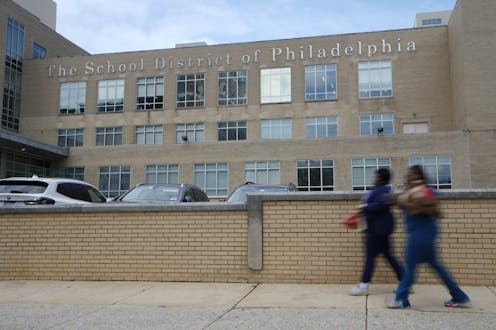

Authors: David I. Backer, Associate Professor of Education Policy, West Chester University of Pennsylvania
Read more


